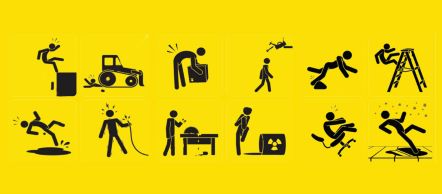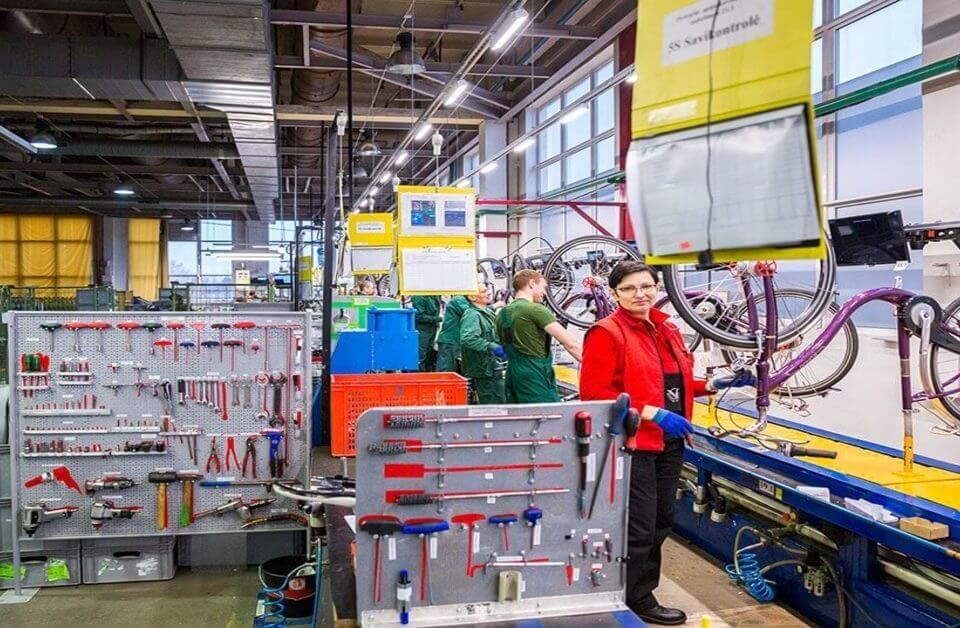
Optimize Your Industrial Signage for Safety and Brand Impact
July 19, 2022
Enhancing Warehouse Efficiency and Safety with Smart Signage
July 19, 2022
Optimize Your Industrial Signage for Safety and Brand Impact
July 19, 2022
Enhancing Warehouse Efficiency and Safety with Smart Signage
July 19, 2022Ensuring workplace safety isn't just about compliance—it’s about protecting employees and sustaining productivity. Identifying and mitigating hazards is key to reducing risks and fostering a secure work environment. Here are seven critical workplace hazards organizations must proactively manage.
1. Workplace Safety Hazards
From slippery floors to unguarded machinery, safety hazards are among the most common workplace risks. Implementing a 5S program (Sort, Set in Order, Shine, Standardize, Sustain) helps maintain an organized, clutter-free space, reducing slip and trip risks. Clearly marking danger zones, using protective barriers, and ensuring employees have proper safety gear are essential steps. Regular emergency drills and response training further enhance workplace safety.

2. Equipment Hazards
Heavy machinery and industrial equipment pose significant risks if not properly maintained. A Lockout/Tagout (LOTO) program ensures that machines are de-energized before maintenance, preventing accidental activation. Providing thorough operator training and enforcing PPE requirements help minimize the dangers associated with equipment use.
3. Electrical and Confined Space Hazards
Electrical risks and confined spaces, such as transformer rooms and storage tanks, require strict access control and hazard signage. Keeping these areas free from flammable materials and ensuring that only trained personnel with proper PPE can enter is crucial for preventing electrocution, suffocation, or entrapment incidents.
4. Chemical Hazards
Exposure to hazardous substances—whether in liquid, gas, or particulate form—can cause severe health issues. Organizations must identify high-risk areas, install detection systems, and mandate PPE use. Strict adherence to chemical handling protocols and regular safety audits help mitigate risks and ensure compliance with safety standards.
5. Biological Hazards
Common in healthcare, food processing, and laboratories, biological hazards stem from exposure to bacteria, viruses, and other infectious agents. To minimize risks, businesses should restrict access to high-risk zones, enforce PPE requirements, and conduct employee training on proper hygiene and contamination prevention.
6. Physical Environment Hazards
Extreme temperatures, radiation, excessive noise, and prolonged sun exposure can have long-term health effects. Organizations should mark hazardous areas, limit exposure time, and equip employees with appropriate protective gear, such as hearing protection or thermal wear, to mitigate these risks.
7. Ergonomic Hazards
Repetitive tasks, improper lifting techniques, and poor workstation design contribute to musculoskeletal disorders (MSDs). Unlike other hazards, ergonomic risks develop gradually. Conducting early ergonomic assessments and implementing adjustable workstations, lifting aids, and training can significantly reduce long-term strain on employees.
Prioritize Workplace Safety
A proactive approach to hazard management protects both employees and operations. Regular risk assessments, safety training, and compliance with industry standards ensure a safer, more productive workplace.
For expert guidance and industrial safety solutions, visit EZSecur.





